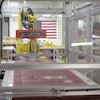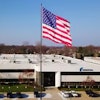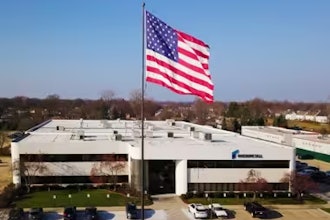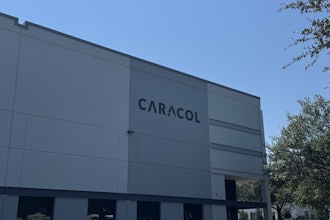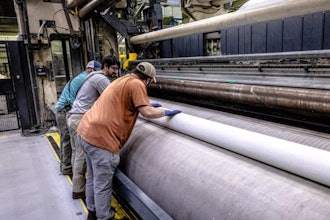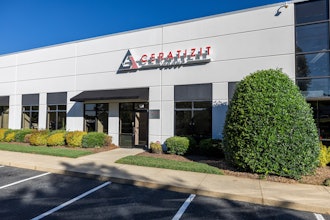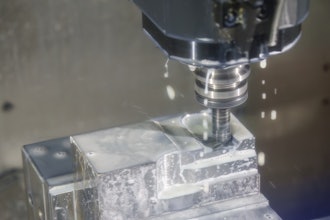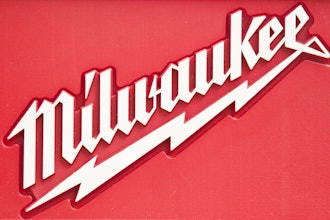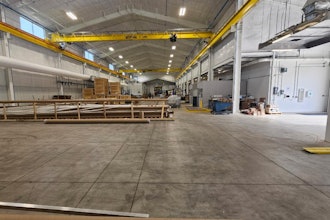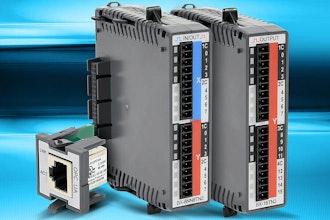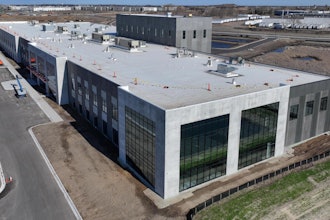Distribution center and warehouse operators invest heavily in capital projects to satisfy growing customer demand, but often neglect to adopt a lifecycle strategy to realize the true value of that asset over its useful life.
When it comes to unplanned downtime of missioncritical material handling systems, the results can be crippling. Operations come to an abrupt halt, order deadlines are missed and some of that hard-earned customer satisfaction and loyalty is lost.
With pressure to reduce operational costs, it may be tempting to cut corners with non-original equipment manufacturer (OEM) parts. These parts, however, are often risky and can cause expensive and stressful system failure.
We’ll compare the value of a preventive maintenance program that includes a well-stocked inventory of OEM-engineered replacements to keep systems running longer, at lower cost and with better efficiency versus the true cost of cheaper “knockoffs” and examine the potential impact of each on operational performance and safety.
1: The true cost of ownership.
The “bottom line” and ROI are usually at the forefront of any business decision when it’s time to make a parts purchase. Typically, OEM parts have a slightly higher price tag than generic parts. However, true total cost of ownership calculations must compare a part’s purchase price, as well as the inherent risks associated with the installation, performance and impact that a non-OEM part can have on the entire system.
A genuine OEM part will install as designed with expert help only a phone call away. It will perform to specification, with no negative impact to ancillary parts. OEM warranted parts are designed to last, meeting the mean-time-between-failure (MTBF) expectations of the operator and manufacturer-recommended preventive maintenance programs.
While these hidden costs and risks may not be obvious at the time a replacement part is purchased, smart operators know that it is paramount to factor the total cost of ownership in any buying decision.
2: Designed and tested not just to fit, but to function.
OEM parts are engineered to exact equipment specifications to ensure form, fit and function. The parts are then tested for the actual application and use-cycles for which they were intended. All materials used in OEM production are specifically chosen to meet durometer hardness specifications, which is a requirement of high-friction applications where parts interface with one another. OEM engineering that comes with genuine parts results in a longer lifespan and reliable equipment performance, with predictable MTBF and repair/replacement cycles.
You can get lucky. Sometimes a generic part may be purchased and installed without any apparent issues. However, the non-OEM part may be a ticking time bomb because of inferior quality materials or hard-to-detect manufacturing imperfections that virtually guarantee early failure. For example, some non-OEM manufacturers substitute plastic for metal or use substandard metals, which can affect tolerance, strength and material compatibility.
Copycat parts may also require modification and additional labor to fit, and once installed may not perform to the exact OEM equipment specifications. This can impact operational performance issues such as ancillary equipment outages. So be sure you are comparing “apples to apples” when it comes to nonOEM replacement parts.
Often vendors label their generic parts as an “exact replacement,” which can be misleading as the components may not meet all the OEM lifecycle performance standards. For example, while a generic motor may have the correct horsepower, voltage and mounting, it may not run at the proper nominal RPM. Even if the motor appears to install and operate correctly, it could eventually cause production problems if it runs too fast or too slow.
An OEM part, on the other hand, is going to come with a performance guarantee of meeting the OEM system design and engineering specifications. So, aside from getting a superior replacement part, you can plan and prepare for future upkeep without hiccups in production time and output.
3: The generic part may not be the same as the current OEM replacement.
OEM engineers make continuous design enhancements during the life of equipment and systems, and access to these revisions is only available through OEMs. You simply cannot rely on a non-OEM supplier to provide you with the latest version of a part. The risk associated with incompatibility is greatly increased with generic replacements or upgrades on missioncritical applications such as variable frequency drives or software and controls.
OEM customers can also count on suppliers to manage obsolescence. They are notified when a part is no longer available and a recommendation will be made for a replacement. Being able to replace an obsolete part before it fails, or at least to have a plan in place when a failure occurs, is a good preventive maintenance strategy.
4: Buyers beware! Your generic part might come with a “warranty,” but it stops there.
Generic brand warranties can be deceiving. Most non-OEM parts carry a replacement only warranty, which will not cover damage caused to other components in the system.
In contrast, OEMs offer comprehensive warranties with replacement and spare parts; providing more coverage and security. Warranty compliance often requires the use of OEM replacement parts to prevent damage to ancillary parts and systems. If you use nonproprietary generic parts, you may be voiding the system manufacturer’s warranty.
5: The right part at the right time.
Worse than relying on inferior parts is having no parts. When a company is on a tight deadline to source a replacement or spare part, the OEM is well prepared with order histories and installation information, so they know what the client needs instantly.
As a specialized provider of parts for your system, they know what spares to stock in inventory and in what quantities. Reputable OEM service teams can reconcile your recommended spare parts list with your current inventory, provide lead time for just-in-time parts manufacturing and deliver and offer trained technicians to install the parts.
Proper asset management with a customized inventory plan ensures that your parts will be easy to find, order, receive and install with minimum downtime. OEM support engineers and customer support specialists understand the application of each part, and can help you troubleshoot system issues and identify ancillary parts that may be causing problems. The OEM is not just a parts supplier that simply puts items in a box and ships them – they can act as a an extension of your staff, providing you with all of the information you need to make an educated and prioritized parts purchase that fits budget constraints and system characteristics.
Sometimes the situation is too critical to wait for an overnight shipment. The OEM has the ability to see other customers who may have that critical component in stock and coordinate a local transaction to restore production much faster. Lastly, your OEM maintains shipping records for purchased inventory and can notify you of recalls that affect your existing stock. Your OEM loses this visibility when ordering from a local source or generic manufacturer.
6: Don’t risk an accident due to a poor performing non-OEM part.
Faulty or out-of-spec generic parts can compromise machinery and lead to safety concerns for the operators. Bad or poor performing electrical parts can lead to control failure, open circuits, fire hazards and other potentially dangerous operating conditions. Avoiding a workplace incident also erases the cost of litigation from workplace injuries. By making it your operational maintenance policy to only stock and use reliable OEM-warranted parts, you increase the overall safety of your facility and contribute to positive risk management for workers.
7: Gain access to the experts.
Dealing with OEMs directly is the best way to handle part replacement and general maintenance needs. By continuing your relationship with the OEM, you can tightly control maintenance and labor costs. Most OEMs have technical support available 24X7 to guide you to the best solution possible and ensure you never take on a problem alone. OEMs will assist in lifecycle planning and provide information so a company can identify “critical spares” in order to balance appropriate part budgets. Instructions can also be provided on how to replace parts and repair equipment in-house, saving time and maintenance costs. Other services available through an OEM include parts and operational assessments, preventive maintenance services and field service to help avoid problems before they manifest as an emergency and affect the business. Oftentimes, more is needed than just a spare part, and that is when the advantage of working with an OEM is clear.



